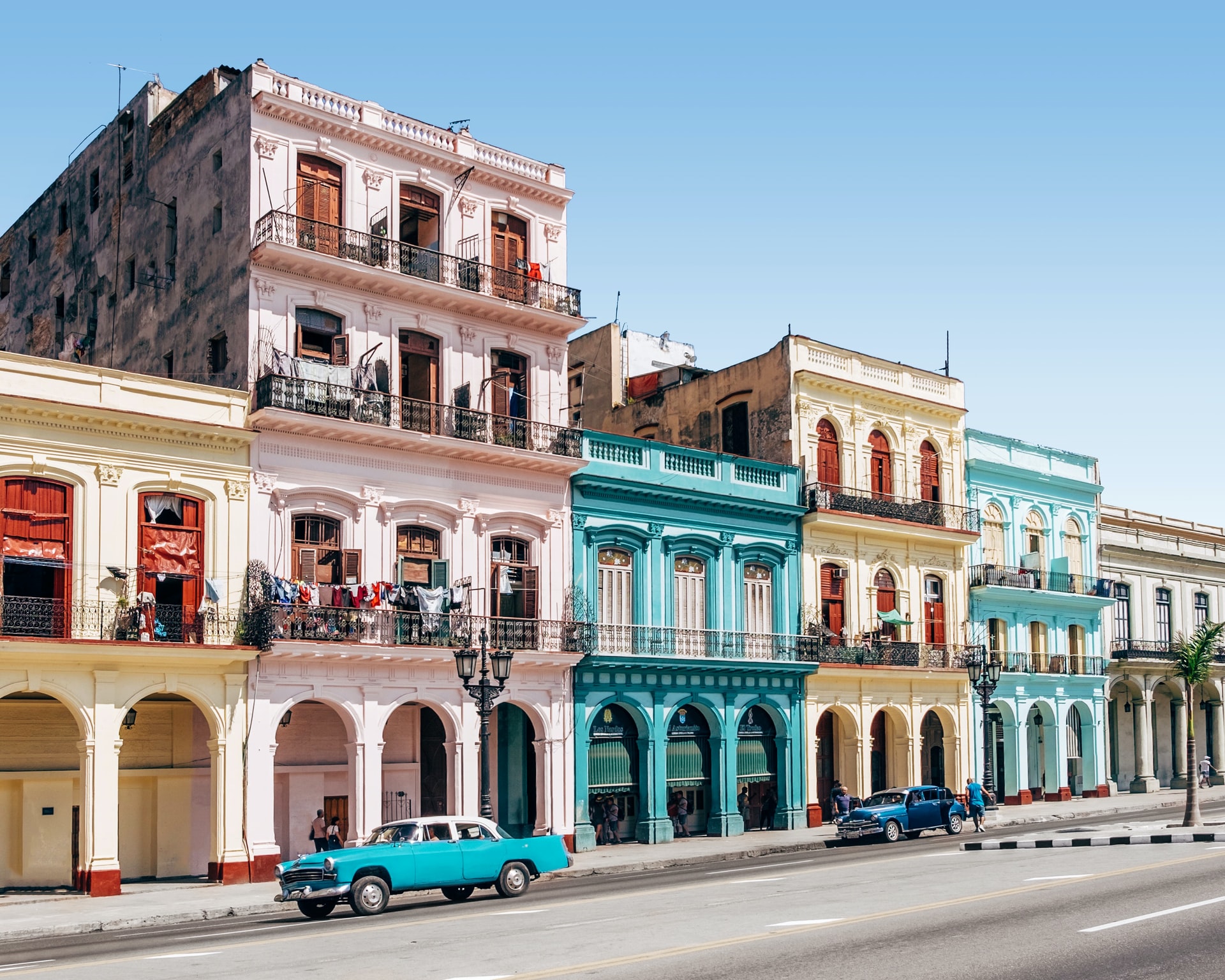
Summary
Goals
Approach
Result
Lessons
The guitarist Ry Cooder and the producer Nick Gold wanted to go into the studio with a band in Cuba in 1996 to record African-Caribbean music.
Everything was well organized, the studio was booked and material had been found for the music. Then it turned out that the two Malian musicians who were part of the group could no longer come to Havana and had to stay home. They unfortunately could not get a visa. This problem was solved because a number of other musicians wanted to join the group. Singer Eliades Ochoa and bandleader Juan de Marcos Gonzalez joined the group through their connections and spontaneously singer Ibrahim Ferrer and pianis Ruben Gonzalez also joined the group. This allowed the recordings to take place three days after the Malian musicians cancelled. The concept was changed from African-Caribbean fusion to the Cuban musical style son. A few new songs were conceived, some covers sung and some traditional pieces recorded. There was little time to rehearse, as the studio was only available for six days. There was also a constant presence of an interpreter, as many of the musicians could not speak English at all. There was also very little room to re-record songs. More things went wrong, for example the recording machine broke down and lay in pieces on the floor.
This all turned out to be the recipe for a great success. It took a year for the album to really break through, but then the album was in the Album Top 100 in the Netherlands for three years uninterrupted and the album has now been in the Album Top 100 for 315 weeks.
Guitarist Ry Cooder and producer Nick Gold had everything arranged for the recording of African-Caribbean fusion with their band. Unfortunately, the Malian musicians who were to join the company lost their passports when they applied for their visas. Rather than face the prospect, new musicians were found for the recordings and the album became a huge success.

Comments (0)